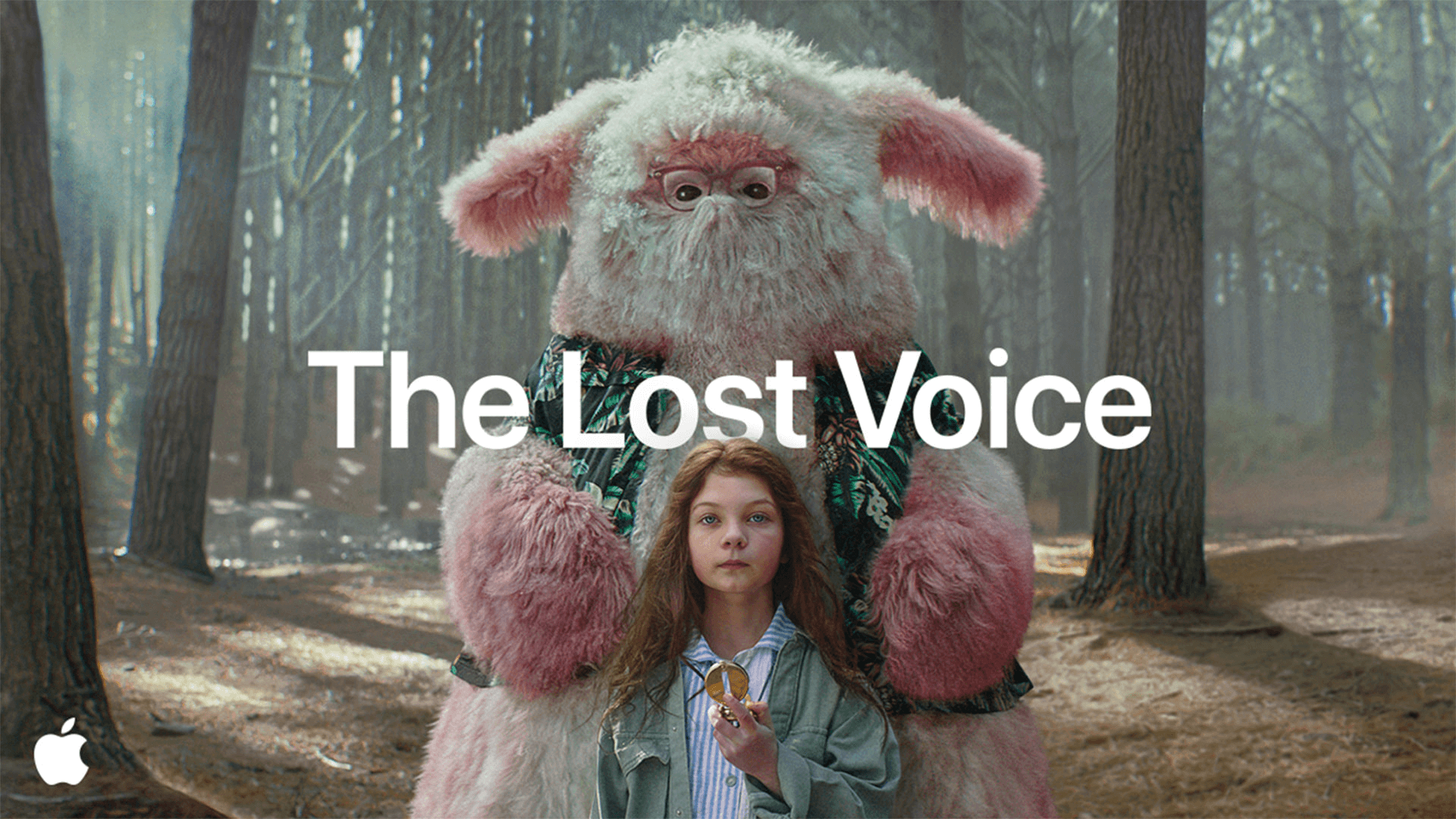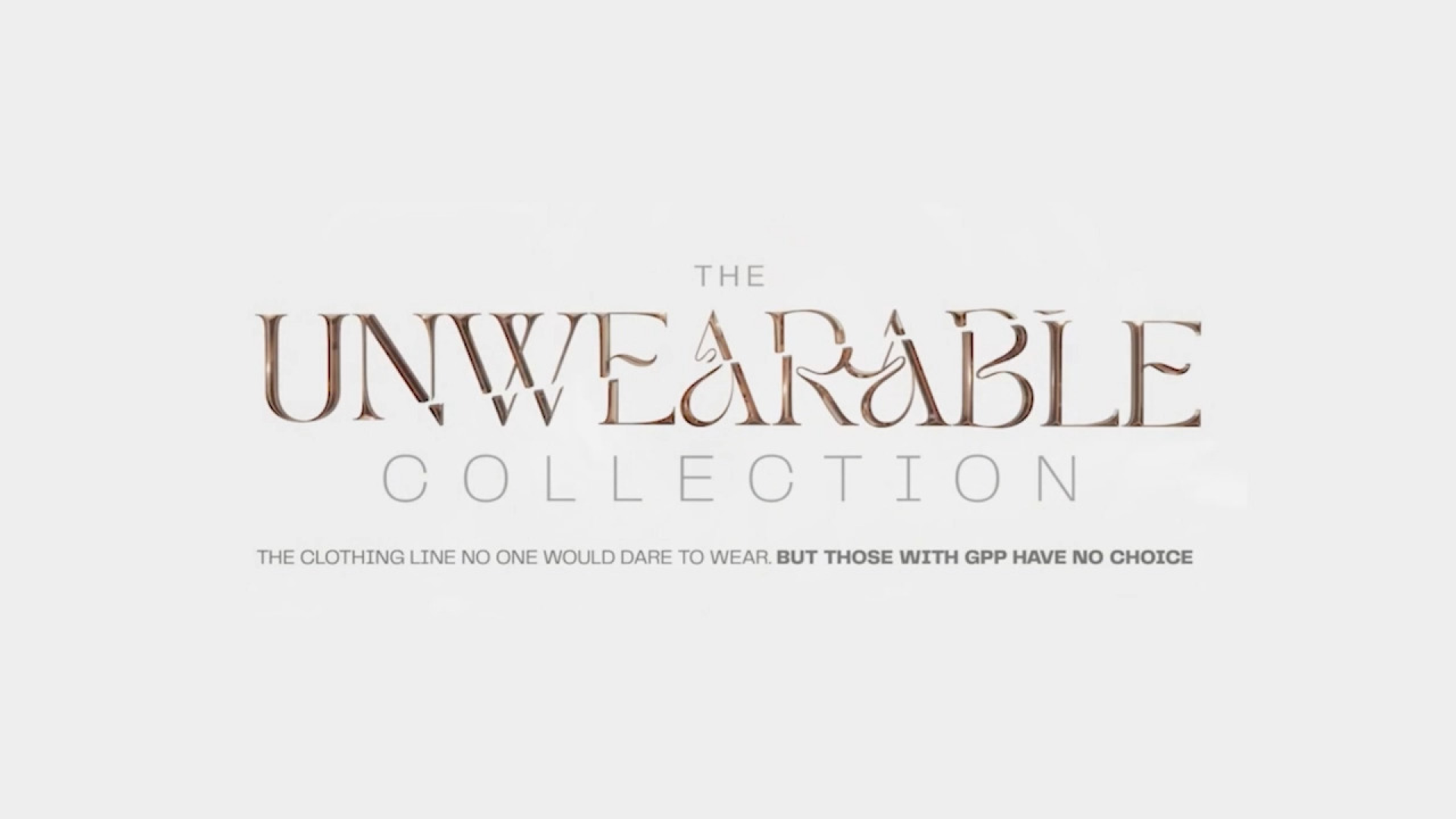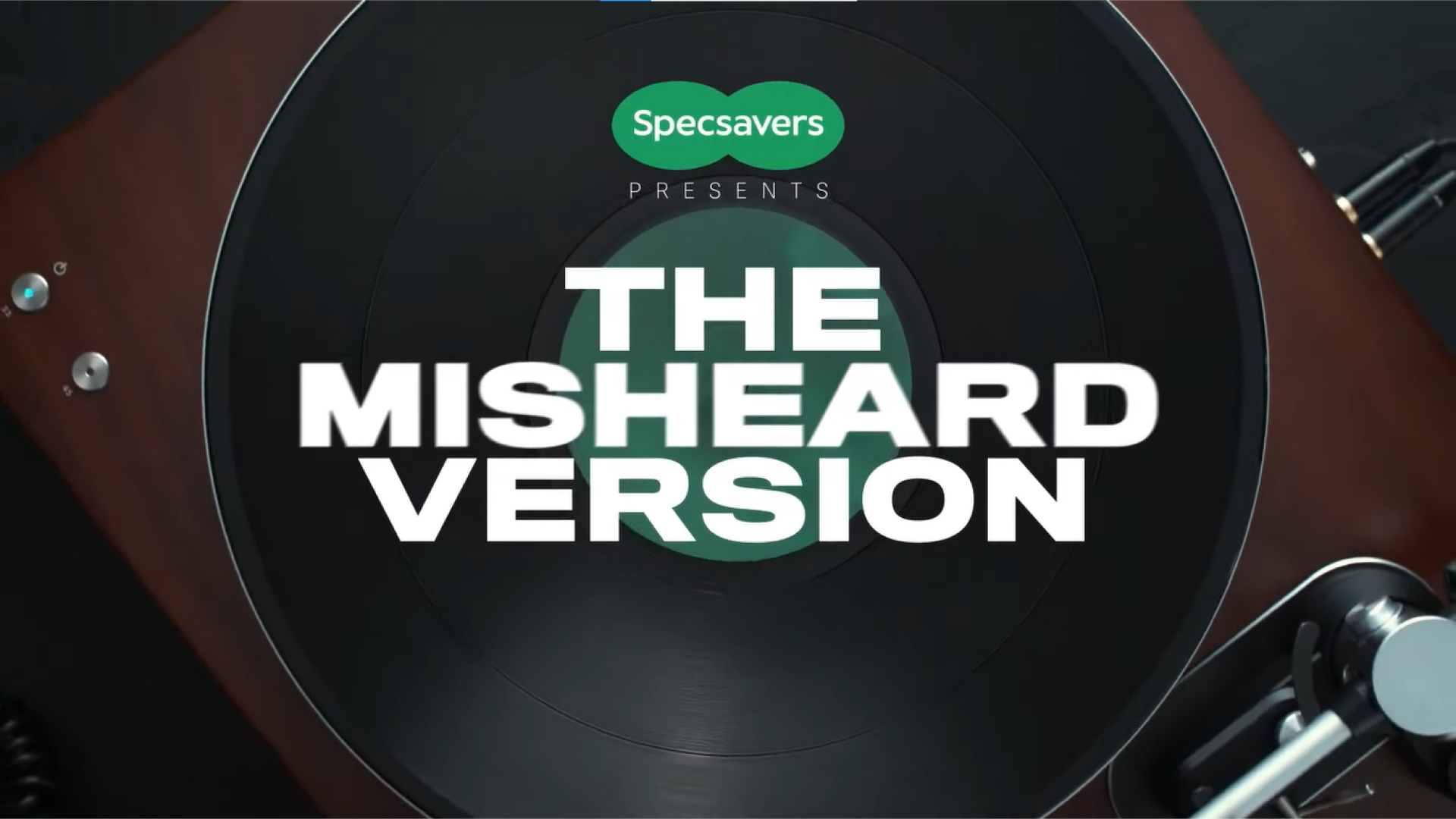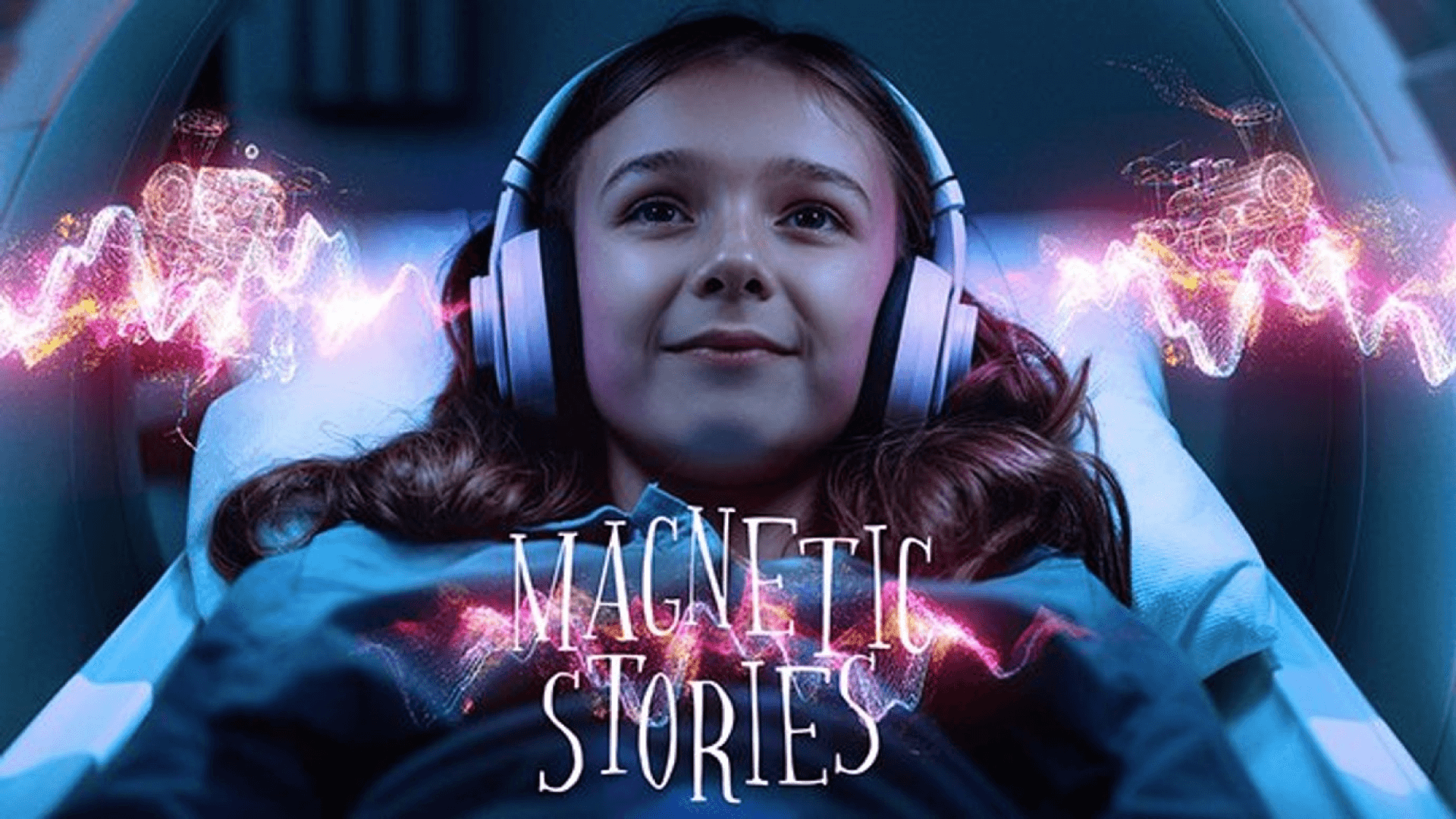Tag: Patient Centric
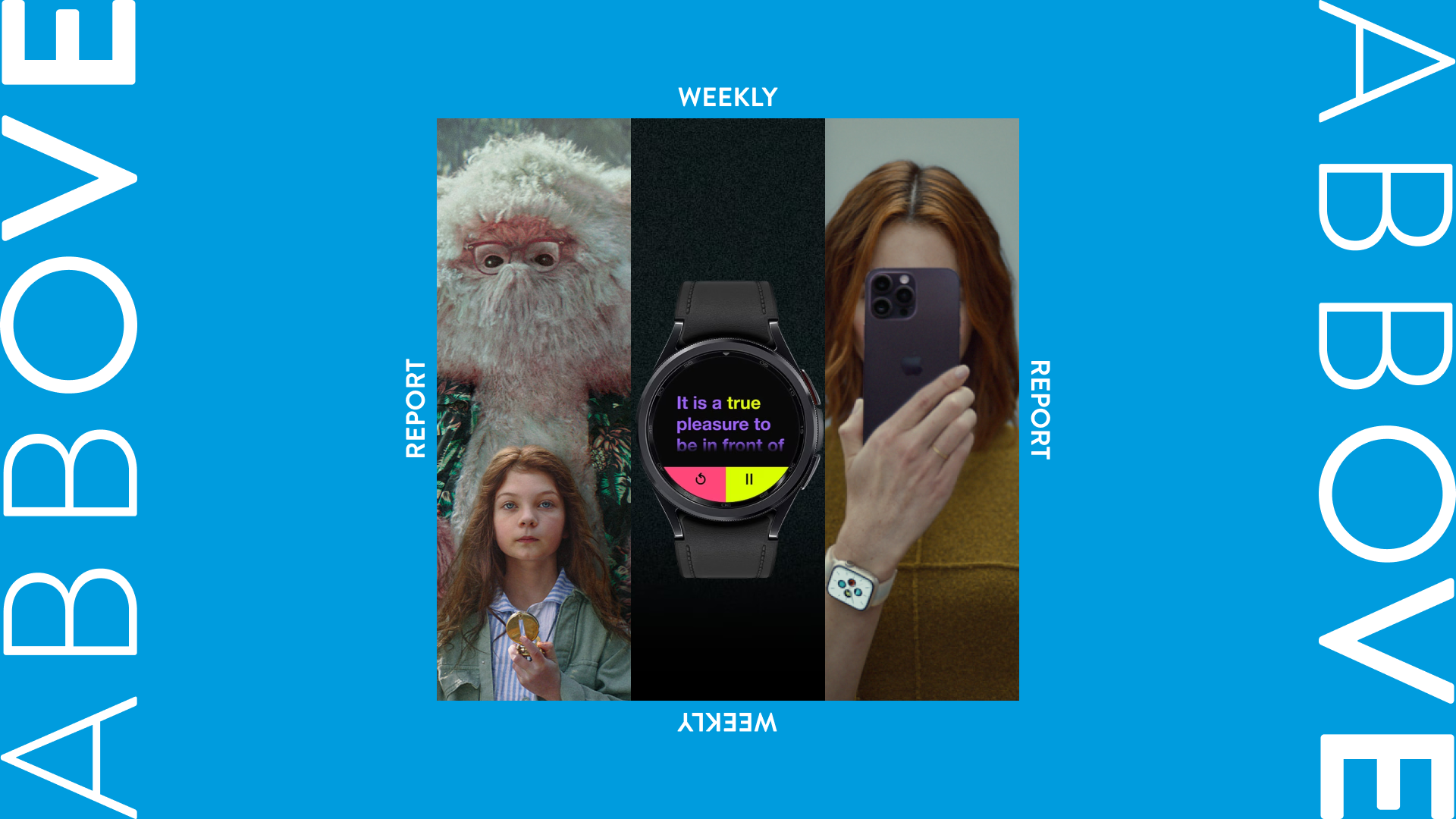
Big Tech Approaches to Health, Health Tech Solutions and its Communications
The lines between Big Tech and healthcare are blurring! Our latest edition of
Abbove explores how tech giants are creating innovative solutions that empower patients, from AI-powered assistants to emotionally resonant campaigns. We delve into the power of storytelling, the importance of data privacy in healthcare, and how pharma marketers can leverage these trends to craft impactful and patient-centric strategies.
marcello_magalhaes

Runway Chic Meets Real-World Health Concerns: How Brands Are Using Fashion to Connect with Patients
This week we show how fashion is revolutionizing healthcare marketing. From raising awareness to fostering empathy, these campaigns are changing the game.
➡ Read all about it in our latest newsletter!
marcello_magalhaes

Special Edition: Highlights from Cannes Lions 2024 – Vol.2
Last week, we explored the creativity and the remarkable rise of Health and Pharma categories at the 2024 Cannes Lions International Festival of Creativity. This week we highlight how Health and Pharma categories got a significant portion of the top awards in other categories – PR, Radio & Audio, Innovation and Design.
marcello_magalhaes
